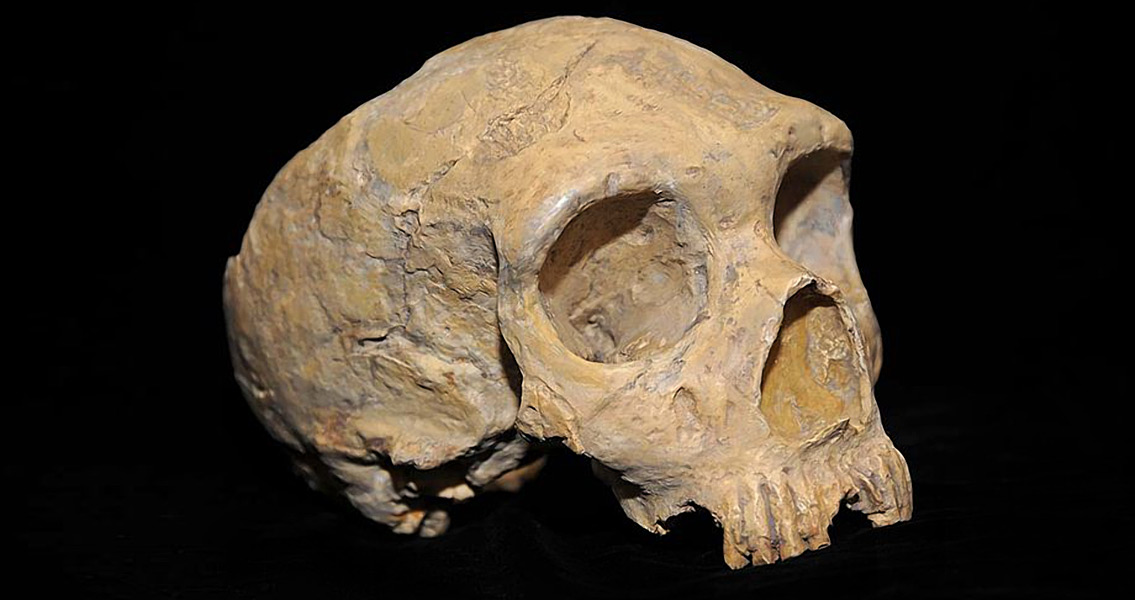<![CDATA[There is mounting evidence that modern humans had a big role to play in the decline and subsequent extinction of our direct ancestors, the Neanderthals. The latest research to suggest so comes from the University of Bologna in Ravenna. A team led by paleoanthropologist Stefano Benazzi focused on determining the moment when the first modern humans ventured into Europe before spreading across the continent, displacing the Neanderthals, who are believed to have died out between 41,000 and 39,000 years ago. The scientists looked at two hominin teeth dated back 41,000 years and discovered at two sites in Italy thought to have been inhabited by Protoaurignacians, the race that came before the Aurignacians (the first humans in Europe). The Aurignacians are believed to have populated Europe between 35,000 and 45,000 years ago, but more precise dating had not been done until now. The two fossilised teeth’s DNA was analysed, and then one of them was compared to a variety of other DNA: from 52 present-day people, ten early humans, ten Neanderthals, two Denisovans - another pre-human species - one representative of a hitherto unclassified pre-human species that lived in Spain, and even a chimpanzee. The Protoaurignacian DNA was found to be the same as the modern human samples, which proved that these early modern humans did indeed step on European soil shortly, in paleoanthropological terms, before the Neanderthals started declining. Another test was performed on the second Protoaurignacian tooth that looked at the thickness of the enamel. Modern humans have thicker tooth enamel than Neanderthals although the reasons why are still not clear - it could be because modern humans evolved more slowly or because they had healthier lifestyles. According to Benazzi, science now has actual proof that modern humans were living in Europe at the time the Neanderthals started dying out. What has been established so far is that Neanderthals and modern humans certainly interacted, and they were close enough genetically that they could have interbred. As Live Science points out, between 1.5% and 2.1% of the DNA of all present-day people outside Africa is Neanderthal DNA. Another thing that has been established is that the Neanderthals declined and died out very quickly. The reasons for this decline, however, remain a subject of dispute. Some of the theories put forward have to do with climatic changes that deprived these pre-humans of their main food and habitat. These changes may have been caused by volcanic eruptions, some researchers believe. Yet a lot of work has been focusing on the possible role of modern humans: whether they rose in numbers and spread across the continent so quickly that they literally displaced the Neanderthals, or whether their superior evolutionary level equipped them with skills that made them better at surviving. The most recent research in this respect hypothesised that it was the mastery of fire that gave modern humans the upper hand, allowing them to cook their food, and thus being able to extract more nutrients than is possible from raw meat and vegetables. At the same time, studies are continually shedding new light on the Neanderthals themselves, prompting a rethink of the long-held belief that they were an extremely primitive species. One such study discovered that the Neanderthals had a surprisingly well developed aesthetic sense, made and wore jewellery, and another has revealed they were no strangers to herbs as part of their diet. Image courtesy of Wikimedia Commons user: AquilaGib]]>
New Evidence Supports Humans’ Role in Neanderthal Demise
